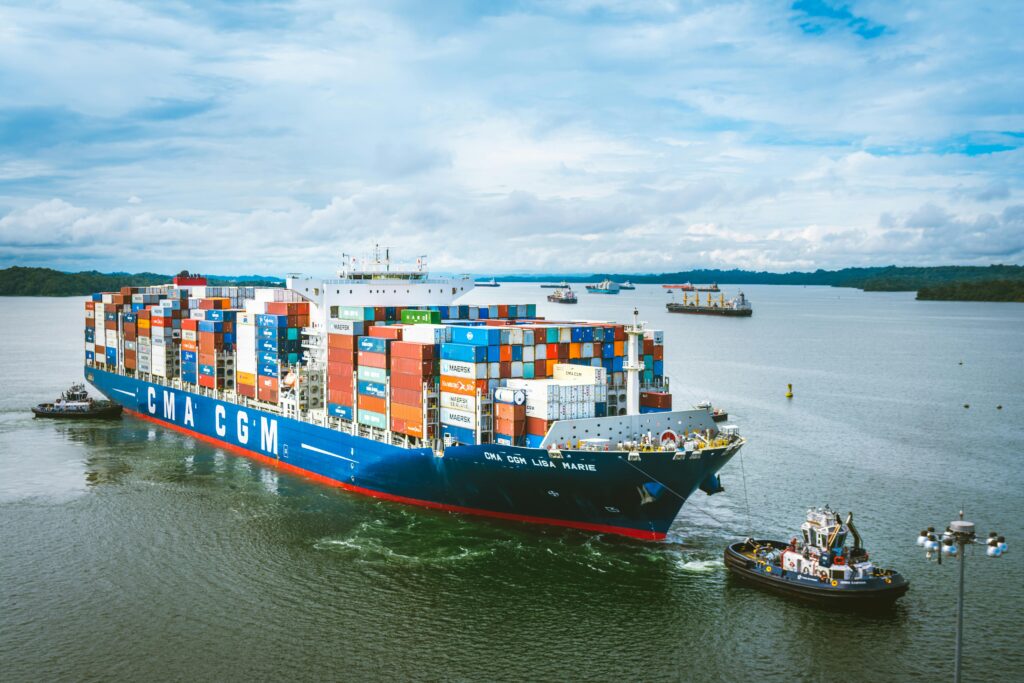Issues with the cartels and security, weather conditions and draught limitations, for vessels travelling along the Panama Canal there are countless factors that can prevent them from reaching the port of destination. Here, AI was applied to address the security between two specific ports, and show how automation can relieve the pressure on the human team workers, by providing a viable end-to-end presence and guaranteeing visibility at a level that would be unrealistic for any human counterpart to achieve.
The Client
The Panama Canal Authority (PCA) manages 180 maritime routes, has 1920 connected ports, and serves 170 countries. Having facilitated worldwide maritime trade since its construction ended and the first successful passage took place in 1914, the 44nm Panama Canal links the Pacific and Atlantic Oceans, avoiding the hazardous Cape Horn route around the tip of South America. Around 15,000 vessels transit through the system of locks which make up the canal each year. Today, the Canal operates 24 hours a day, 365 days a year, offering transit services to ships from all nations, at the hands of approximately 9,000 workers.
The Problem
Its key location, however, was presenting the client with a unique challenge – managing security at the ports which are strategically placed along the length of the Canal. In this instance, two ports were being targeted by local cartels and gangs.
Considering the operations handled by the PCA, it is a natural target for criminal organizations who attempt to use the region’s infrastructure to move drugs all over the world.
As reported in The Guardian, in January 2023, the regional director of Crime Stoppers Latin America said: “The objective of the gangs is to gain control of the points where containers can be contaminated with drugs in the free zone and the ports.” The British broadsheet went on to detail how, “in the ports, trade unions have been co-opted by the gangs and turn a blind eye as workers stash packages and replace seals [on containers]. With US help, Panamanian authorities have scored some modest victories against the traffickers”.
Alongside issues with the cartels and security, both weather conditions and draught limitations also affect how far some vessels can travel along the canal, and which ports they can reach. If passage is not possible, vessels are required to leave part or all of their cargo at the ports for onward overland transport.
In this instance, the containers are removed and immediately placed within the secure terminals at the port before their overland transport, which between the two ports in question was taking around 2 hours. Once outside of the secure terminal facilities, the client was reporting diminished security, with cargo suffering damage, thefts taking place, or the containers being utilized to smuggle illegal substances. The client needed a solution that could help assure the integrity of the containers as they moved.
The Solution
Azarc®’s PoC, in this case, was to harness machine vision and learning, to provide an additional level of accountability and security for the client.
Internal and external photos were taken of the containers at site A and again when they arrived at site B to determine how much the container quality and state had changed or been altered, from marks and seal tampering to evidence of rewelding and door removal.
To effectively analyze the photo evidence, Azarc® developed and created a web app that utilizing Verathread® could contrast the site A and B photos and deliver an overall score quality score.
While this was the PoC in practice, on-site additional issues were encountered. Photographs taken at night and blurred images (both related to external tech installs outside of Azarc®) posed issues, but via machine learning, we managed to improve these to allow the program to interpret their data as effectively as possible.
The environment itself, while indefinitely too volatile for consistent results to be reported, allowed Azarc® to flex Verathread® and its capabilities early on in its formative developmental stages.
Being able to use machine learning to identify detection, and utilize Verathread® to create a process and track and manage that process by building a flow that understood how to take a number of factors into consideration was a big result.
This validation of the software very quickly allowed Azarc® to iterate changes and track those benefits – both with the PCA and across other projects.
Despite the increasing importance of automation, big data, and AI, there is no standard definition of a ‘smart port’, something the PCA is now looking to change with data-driven approaches to boost the waterway’s efficiency and competitive offering.
Even at this early stage of development, our efforts to show how automation cannot, and should not replace human efforts or team members are reflected in AI’s use here. Relieving the pressure on the human team workers, and providing a viable end-to-end presence AI in this instance guarantees visibility that would be unrealistic for any human counterpart to achieve; providing a 24/7 service to allow workers to uphold favorable contracted hours.


